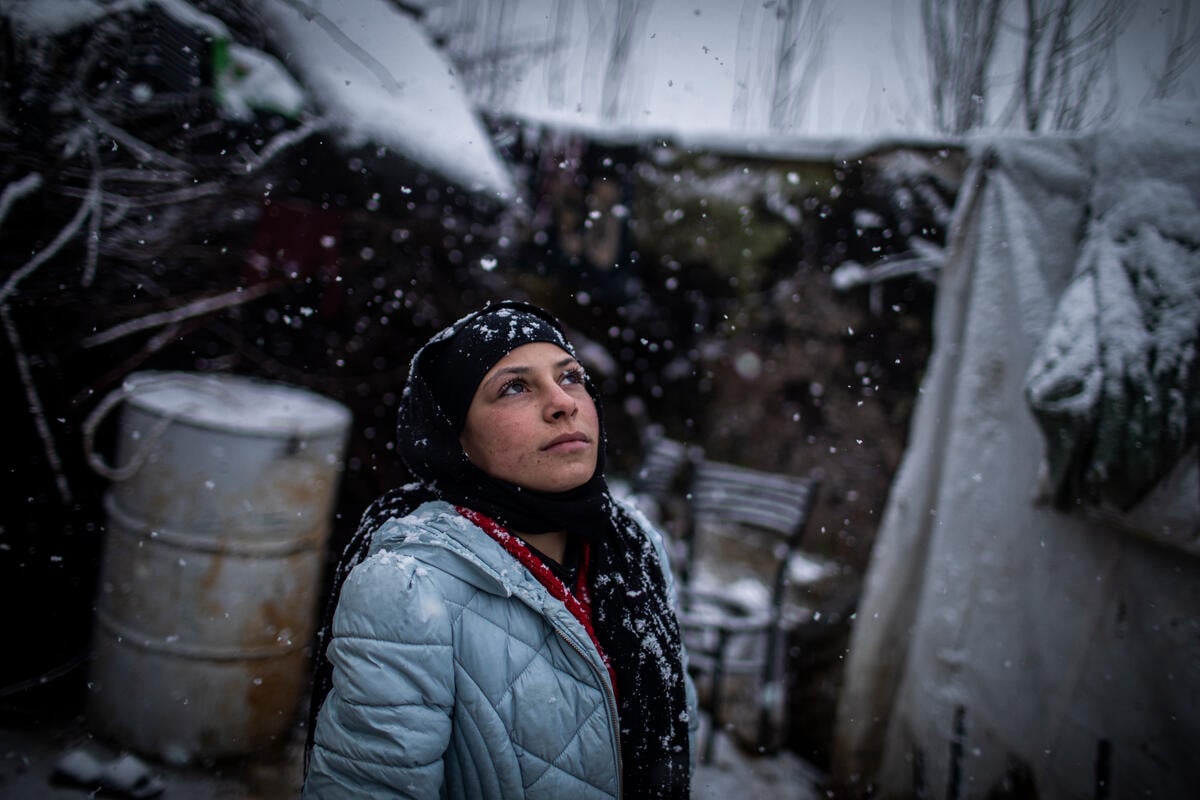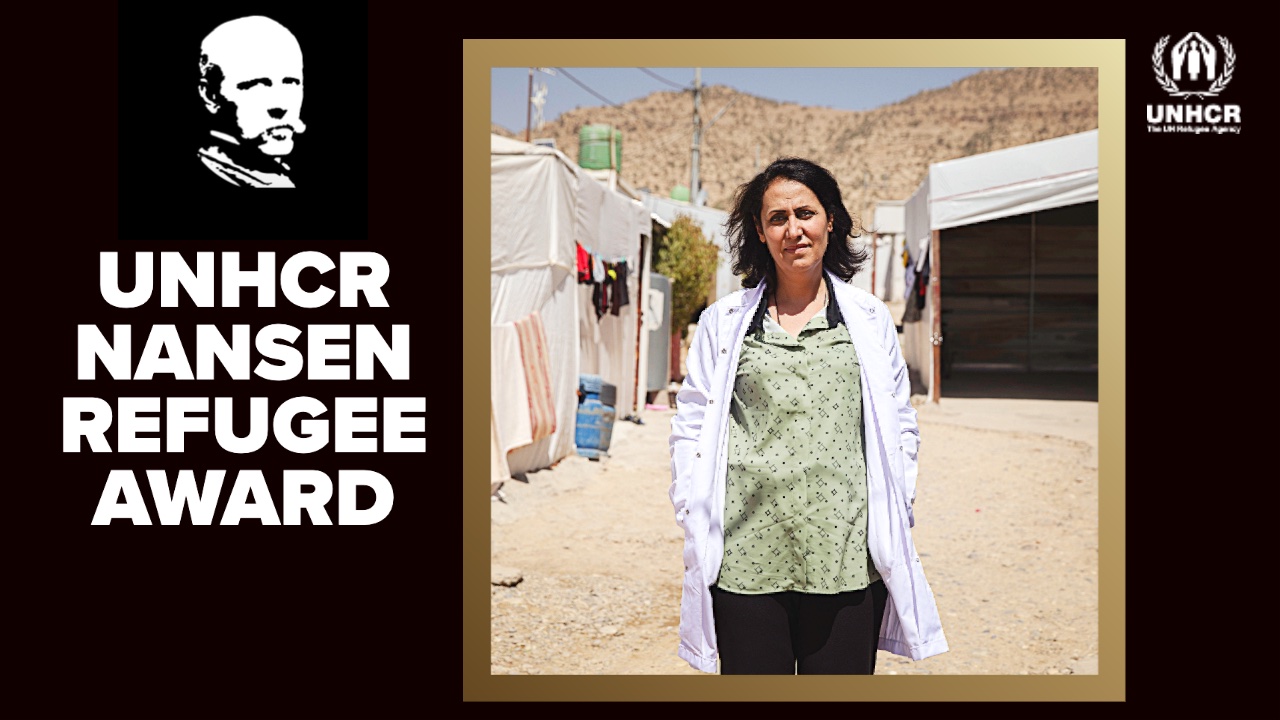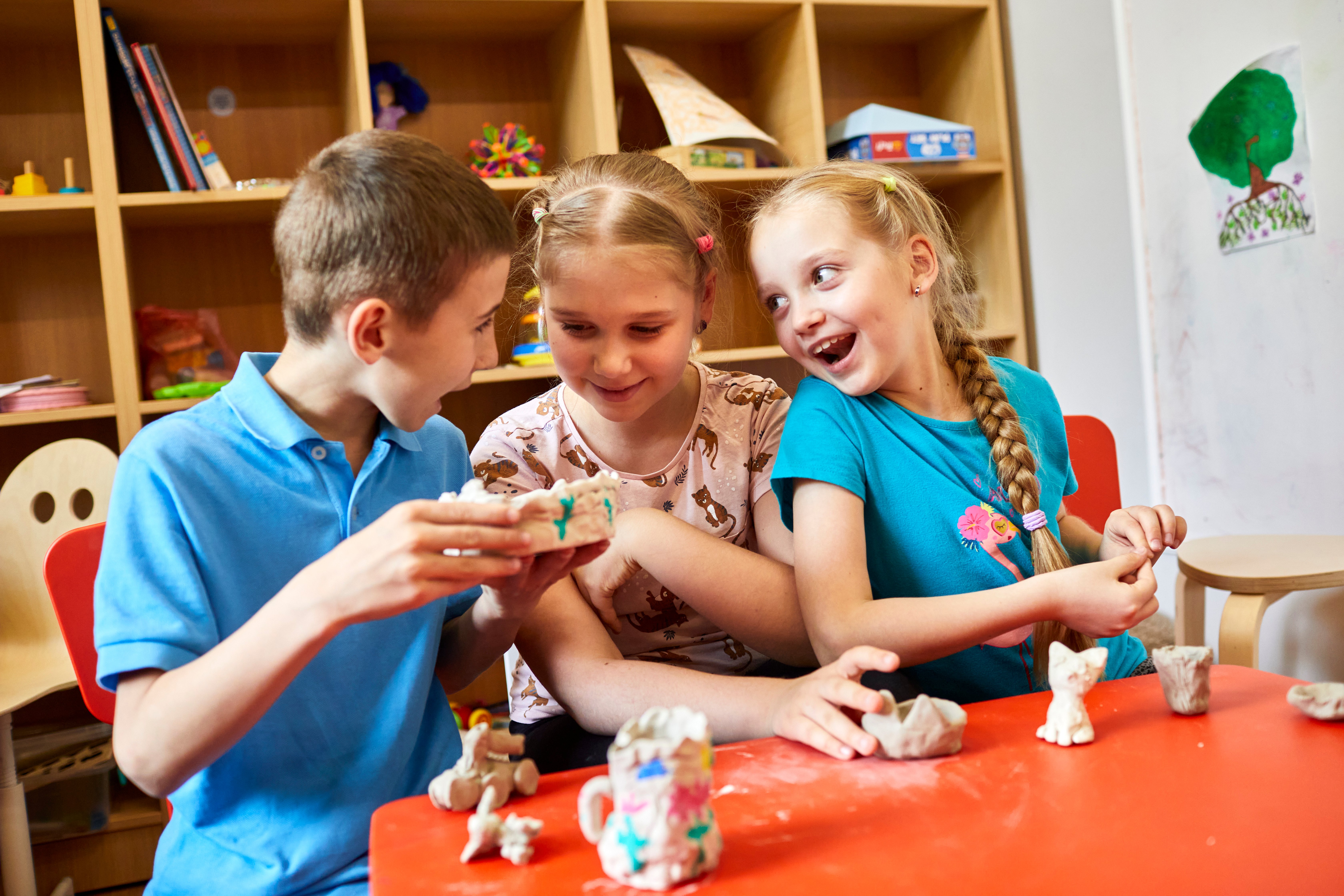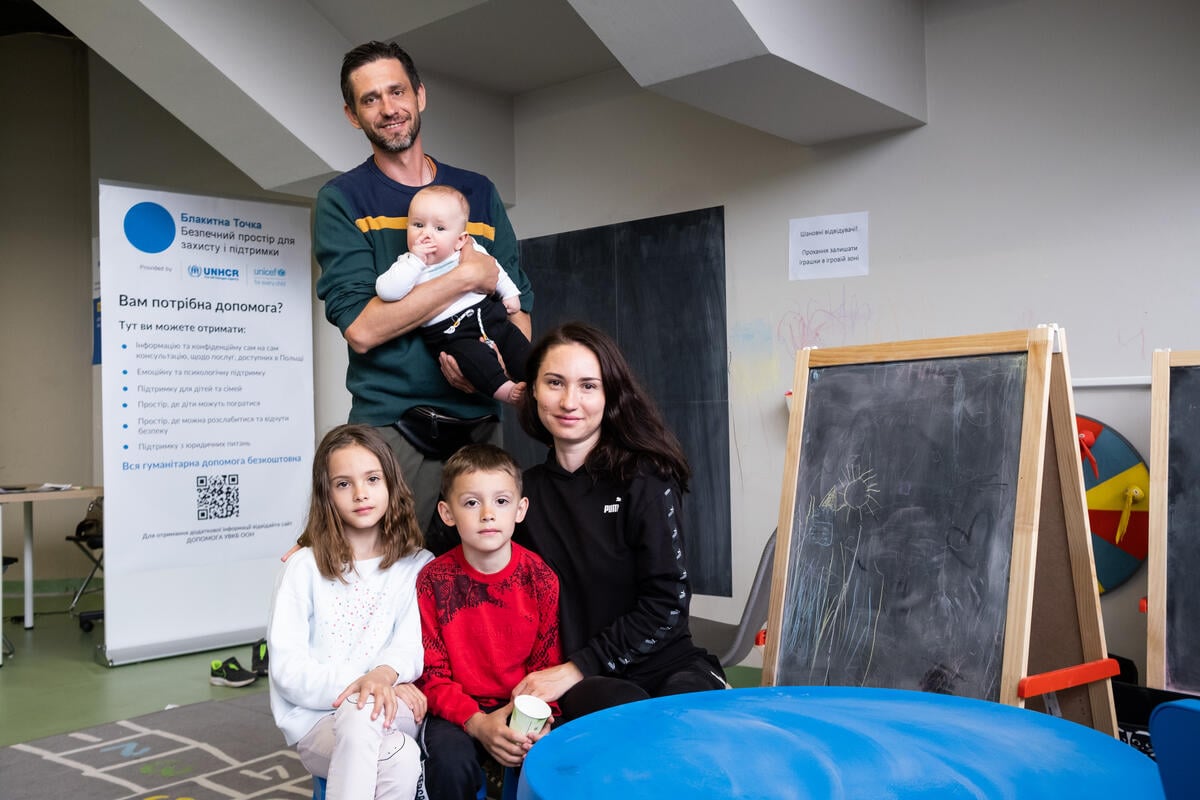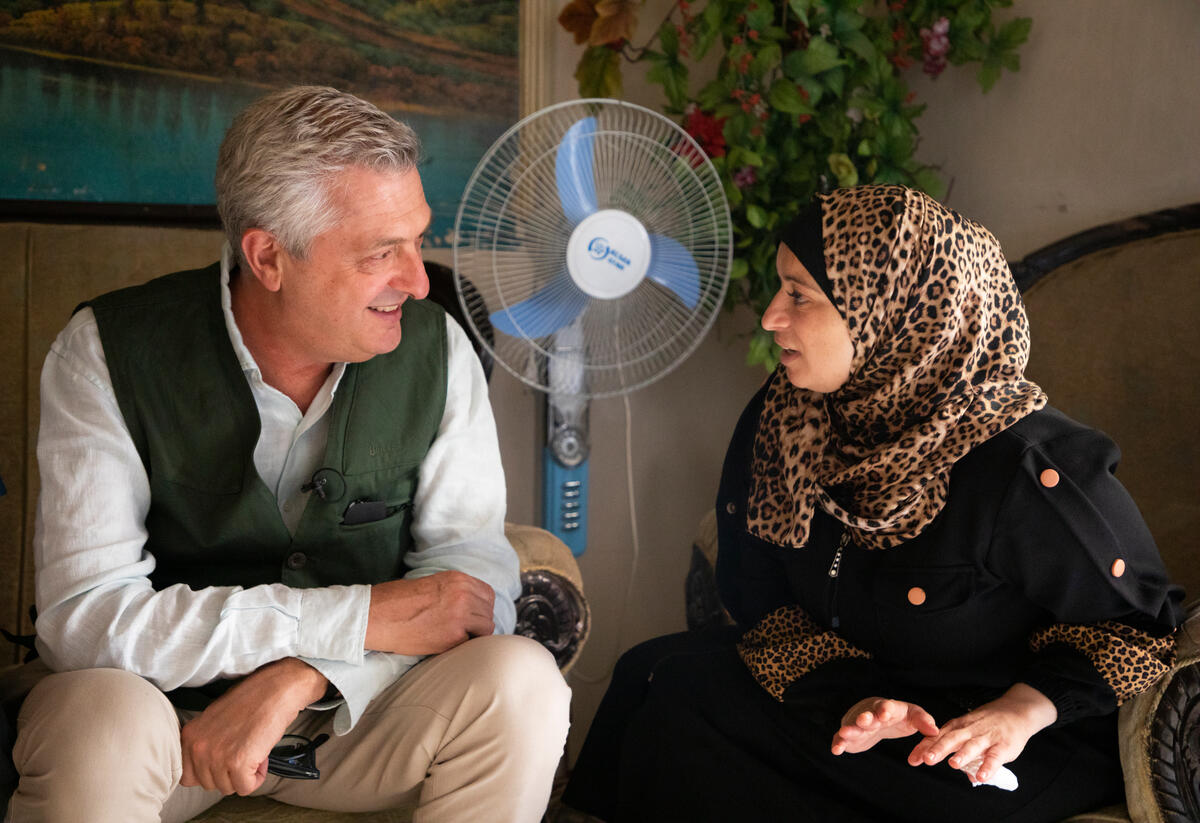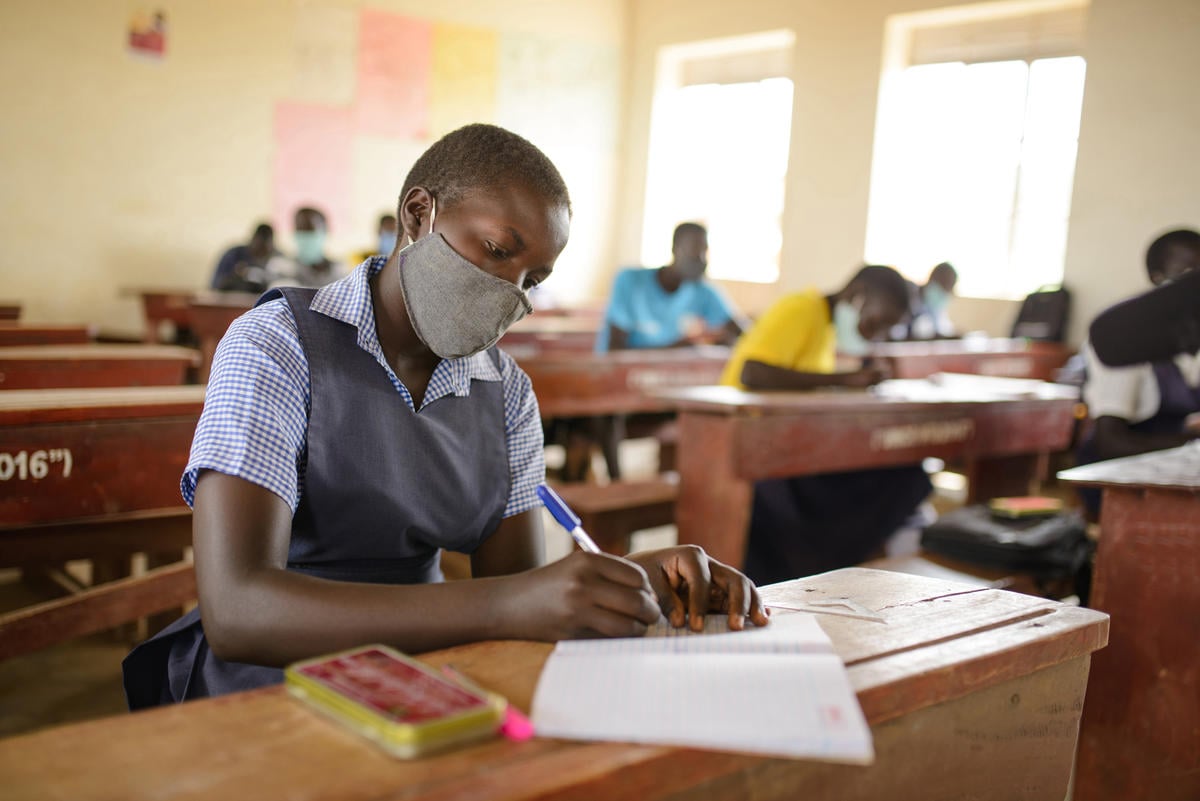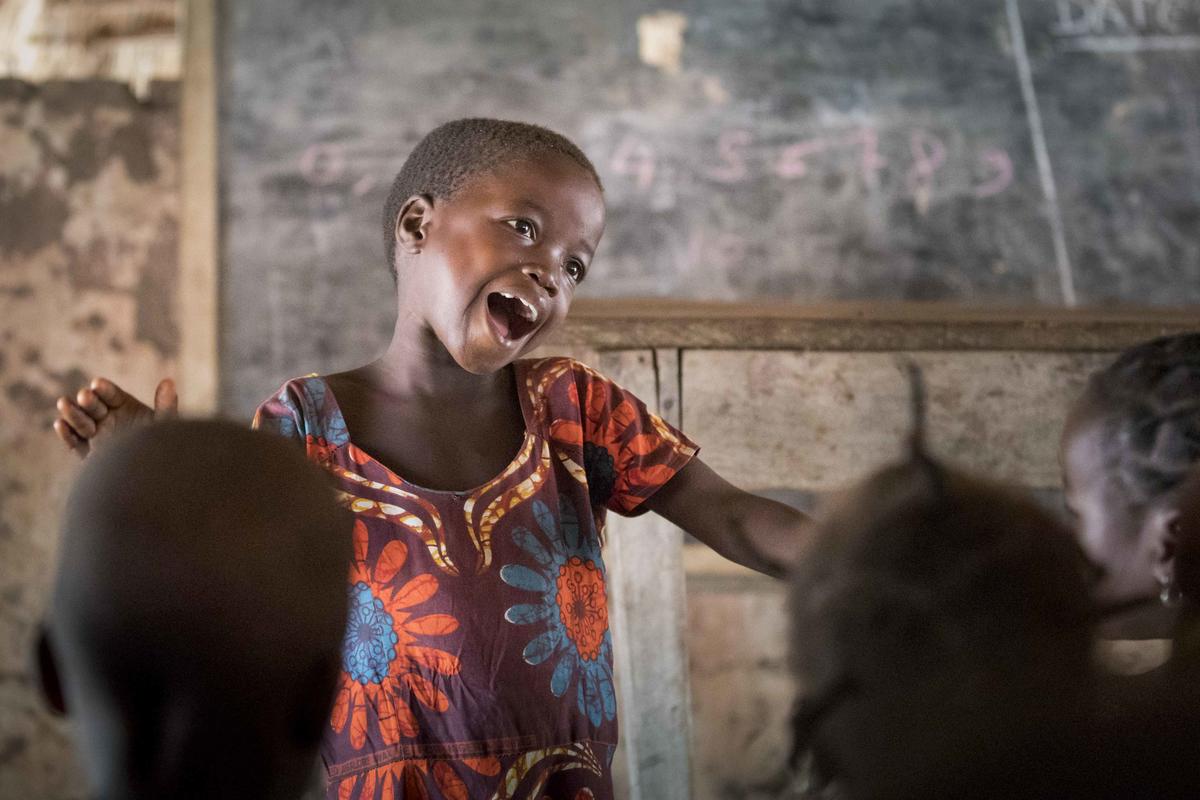Hi-tech tale of refugee boy who stopped growing
Hi-tech tale of refugee boy who stopped growing

GENEVA – It is called “the igloo”, conjuring up the frozen Arctic wastes. This one, however, is not a place in which to live but a space in which to watch, learn and experience.
Inside this igloo, there is a video which does tell a story of travel to the North, a story of a small Syrian refugee boy, Omar, and his resettlement in Finland.
It is called Life in the Time of Refuge, and is a 360-degree virtual reality projection on the walls of the structure rented from the British company Igloo, and using a new, prototype camera developed by Nokia.
This first showing helped launch the UN High Commissioner’s Dialogue on Protection Challenges. This year it is devoted to the theme of "Children on the Move."
Omar is nine years old. He was born with a hormone deficiency and needs daily injections if he is to grow. When his family fled Syria to Lebanon, his parents could no longer afford the injections. He stopped growing.
In 2015 his family was resettled in Finland. Omar is now in school, he is getting daily injections, and he is growing again. There is a scene of excitement in the video when the nurse tells him he now weighs more than 20 kilograms. But it is still not fast enough for him.
“I have the smallest desk in the class,” he says in the film. “At the swimming pool my feet don’t touch the bottom. The other kids tease me. But I swim faster than all of them.”
Omar watched himself along with his father, UNHCR Deputy High Commissioner Kelly Clements and executives from Nokia, which provided the camera and underwrote much of the cost of the project.
“A story like this one makes the two days of the conference more real,” Clements said. “It shows people the positive impact of refugee resettlement.”
The UN Refugee Agency is already talking to Nokia about further videos, not just to be shown to policy makers but also to people in communities, to bring home the impact of displacement.
“It was an emotional moment for me,” said Minna Aila, Nokia’s Vice President for Marketing and Corporate Affairs. “It’s a happy story among so many sad ones. If we can bring a feeling of empathy to the forefront to people, it’s a good investment for us.”
After the video, Aila chatted to Omar in Finnish. “His Finnish is good. He’s a smart boy.”
For director David Gough and cameraperson Thomas Maddens, the video was both a first and a challenge.
Because of the nature of the cam, each shot took an average of an hour to set up. One took four hours.
“It’s an exciting way to tell a story,” Gough said.
And Omar? He particularly liked a scene where he threw stones in a lake. “It made me laugh.”



